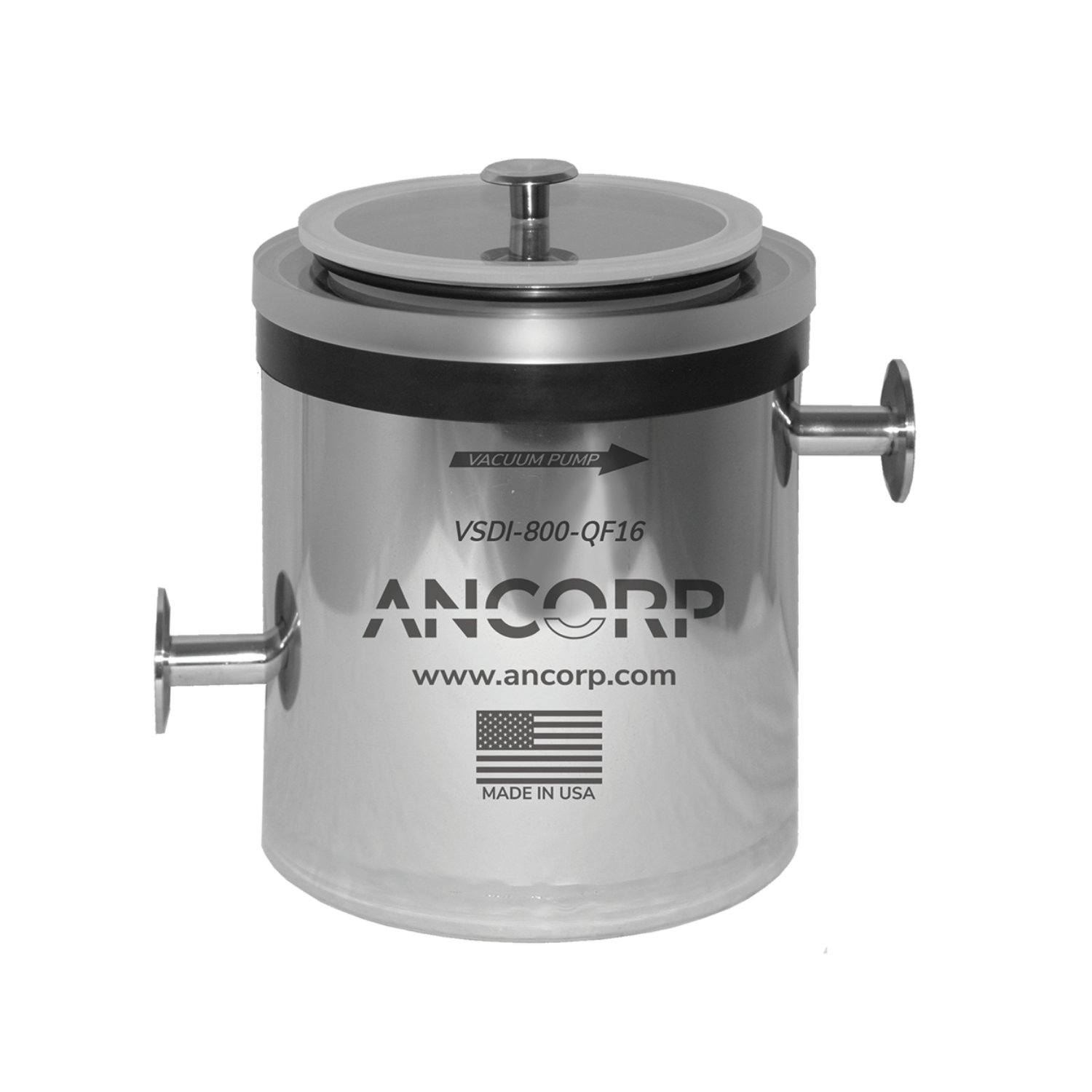When it comes to temperature extremes, few substances can match the chilling capabilities of dry ice. This unique form of carbon dioxide, solidified under high pressure, is renowned for its ability to create stunning visual effects and preserve perishable items. But just how cold is dry ice, and what makes it such an intriguing substance in both scientific and culinary applications?
Dry ice is commonly used in a variety of industries, including food storage, shipping, and even special effects for theatrical performances. Its temperature plummets to a frigid -78.5 degrees Celsius (-109.3 degrees Fahrenheit), making it significantly colder than regular ice. This extreme cold can freeze items rapidly and create foggy effects that enhance the visual appeal of events or presentations.
In this article, we will delve deeper into the fascinating world of dry ice and explore its temperature, uses, and safety precautions. Understanding the properties of dry ice can help you make informed decisions about its application and ensure a safe experience while handling this remarkable substance.
What Is Dry Ice?
Dry ice is the solid form of carbon dioxide (CO2), a colorless gas that is naturally present in the atmosphere. Unlike water ice, which melts into liquid water, dry ice sublimates directly into gas when exposed to room temperature, creating a visually captivating fog-like effect. This unique property is why it is frequently used in fog machines and for special effects in entertainment.
How Cold Is Dry Ice?
As previously mentioned, dry ice has a temperature of -78.5 degrees Celsius (-109.3 degrees Fahrenheit). This extreme cold is what makes dry ice so effective in preserving food items and creating stunning visual effects. To put this temperature into perspective:
- Regular ice melts at 0 degrees Celsius (32 degrees Fahrenheit).
- Dry ice is over 78 degrees Celsius colder than regular ice.
- The temperature of dry ice can cause severe frostbite if handled without proper protection.
What Are the Uses of Dry Ice?
Dry ice has a wide range of applications across various industries. Here are some of the most common uses:
- Food Preservation: Dry ice is frequently used in shipping perishable goods, keeping them frozen during transit.
- Special Effects: In the entertainment industry, dry ice is used to create fog and smoke effects for concerts, theater productions, and Halloween displays.
- Laboratory Applications: Scientists use dry ice to maintain low temperatures for experiments and storage of biological samples.
- Cleaning: Dry ice blasting is an eco-friendly cleaning method that uses dry ice pellets to remove contaminants from surfaces.
Is Dry Ice Dangerous?
While dry ice has many practical uses, it is essential to handle it with care. Here are some safety precautions to consider:
- Always use gloves or tongs when handling dry ice to prevent frostbite.
- Store dry ice in a well-ventilated area to avoid the buildup of carbon dioxide gas.
- Avoid sealing dry ice in airtight containers, as the pressure from sublimated gas can cause explosions.
- Keep dry ice out of reach of children and pets.
Can You Touch Dry Ice?
Touching dry ice without protection can result in severe frostbite due to its extremely low temperature. It is crucial to use gloves or protective gear when handling dry ice to minimize the risk of injury. If you accidentally touch dry ice, seek medical attention immediately.
What Happens When Dry Ice Comes into Contact with Water?
When dry ice is added to water, it rapidly sublimates and produces large amounts of carbon dioxide gas, creating a dramatic fog effect. This reaction can be utilized for various purposes, such as creating a spooky atmosphere for Halloween or enhancing special events. However, caution should be exercised, as the rapid production of gas can lead to pressure buildup in sealed containers.
How to Store Dry Ice Properly?
To ensure the effectiveness and safety of dry ice, proper storage is essential. Here are some tips:
- Store dry ice in an insulated container, such as a cooler, to slow down sublimation.
- Avoid airtight containers; the gas buildup can cause explosions.
- Keep the storage area well-ventilated to prevent carbon dioxide accumulation.
- Check the dry ice periodically and replace it as necessary.
How Long Does Dry Ice Last?
The longevity of dry ice depends on several factors, including storage conditions and the amount of dry ice present. On average, dry ice can last:
- 1-2 days in a well-insulated cooler.
- Up to a week if kept in an optimal environment.
- Less than a day if left in open air.
Conclusion: Embracing the Chills of Dry Ice
In conclusion, dry ice is a fascinating substance that offers a myriad of applications thanks to its extreme cold temperature. Understanding how cold dry ice is and its uses can help you harness its potential safely and effectively. Whether you're preserving food, creating stunning visual effects, or conducting scientific experiments, dry ice remains an indispensable tool in various fields.
As with any powerful substance, recognizing the safety precautions necessary for handling dry ice is vital. By following guidelines and using the appropriate protective measures, you can enjoy the chilling wonders of dry ice while minimizing the risks associated with its extreme temperature.
Discovering The Vibrant World Of Coco Loco's Body Art & Designs LLC
Discover The Best Costume Shop In Myrtle Beach
Exploring The Chilling World Of Dry Ice: How Cold Is It Really?


